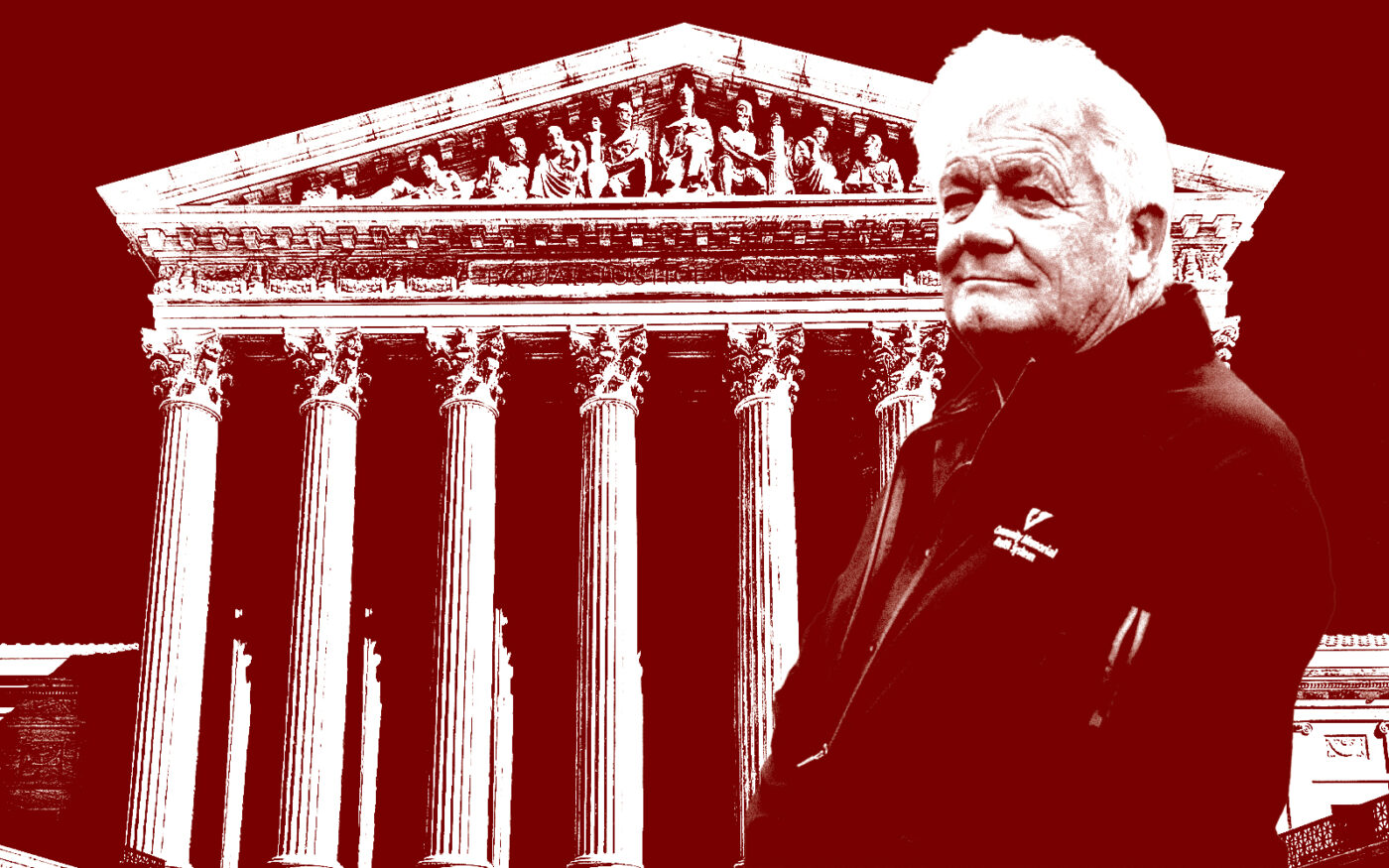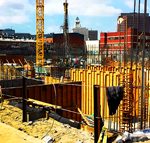 Fees must shrink if SF wants new housing, developers say
Fees must shrink if SF wants new housing, developers say
Trending
Supreme Court deliberates question of California impact fees
72-year-old retiree’s challenge to El Dorado County has national ramifications

Are development impact fees a fair way to pay for local roads and bridges, or are they “out-and-out” extortion of builders across the state?
In a landmark case before the U.S. Supreme Court, a 72-year-old retiree from Placerville, George Sheetz, took on El Dorado County over a $23,420 building fee, raising questions about the justification of “impact fees” imposed on new construction projects, CalMatters reported.
The outcome of the case could have major repercussions for local government budgets and housing markets, especially in the Golden State.
California, where impact fees can reach hundreds of thousands of dollars for new housing projects, is under scrutiny for the potential burden these fees place on developers.
Sheetz, supported by the Pacific Legal Foundation, argued that the county failed to prove the accuracy of the fee in reflecting the impact of his small project on local infrastructure, including school enrollment.
“I felt like I got overcharged. It’s ridiculous,” Sheetz told the Mountain Democrat in October. “What I paid is over and above the permit fees. School enrollment was down and still is, so how can you charge someone an impact fee when there is no impact?”
The justices engaged in a complex legal discussion during oral arguments, exploring whether El Dorado County’s fee resembled a property seizure, a simple tax or something in between.
The plaintiff’s attorney, Paul Beard, contended that the government cannot unfairly burden individual property owners to fund public infrastructure, advocating for more transparency and accountability in fee justifications.
On the other side, El Dorado County, located east of Sacramento, defended its fee, claiming it fulfilled the legal requirements.
The case has attracted attention from various interest groups, including building industry associations, property rights defenders, and Yes In My Backyard advocates, each presenting their perspectives on the need for clearer regulations.
“It seems kind of like a nightmare to figure out where the line should be drawn,” Justice Amy Coney Barrett said.
The case’s roots trace back to the 1978 Proposition 13, which limits local property taxes and constrains local governments’ ability to raise funds. As a result, impact fees became a crucial source of financing for infrastructure projects.
The debate revolves around whether these fees are proportionate and justified, considering the wide variability in fees across different jurisdictions.
Read more
 Fees must shrink if SF wants new housing, developers say
Fees must shrink if SF wants new housing, developers say
 Fremont to let market-rate developers defer impact fees
Fremont to let market-rate developers defer impact fees
 Rising housing development costs bad news for LA's housing crunch: report
Rising housing development costs bad news for LA's housing crunch: report
The Supreme Court’s decision could reshape the landscape for impact fees, potentially requiring cities and counties to conduct more thorough, property-specific analyses before imposing such fees.
The case has implications beyond California — raising questions about the constitutionality of impact fees nationwide and potentially influencing housing and revenue-raising policies in other jurisdictions.
While Sheetz’s supporters argue for stricter standards, opponents, including city and county governments, express concerns about the administrative burden and delays such regulations might bring, especially amid a housing crisis.
The outcome remains uncertain, but the case underscores the need for a balance between infrastructure funding and preventing excessive financial burdens on property developers, according to CalMatters.
— Dana Bartholomew




